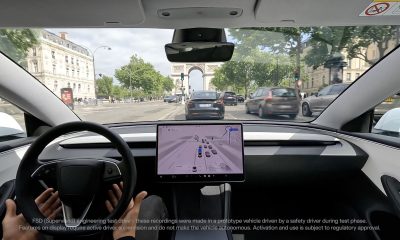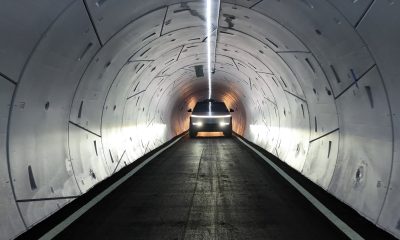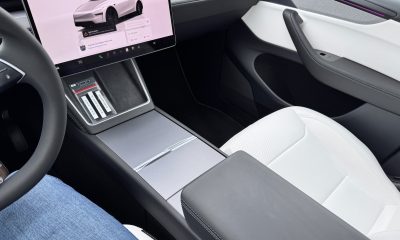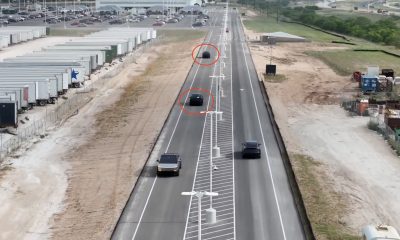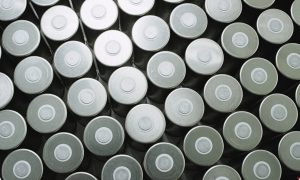News
Tesla’s Giga Texas vehicles now drive themselves to outbound lot
Tesla is gearing up for Unsupervised Full Self-Driving in Texas with freshly produced vehicles at the factory.
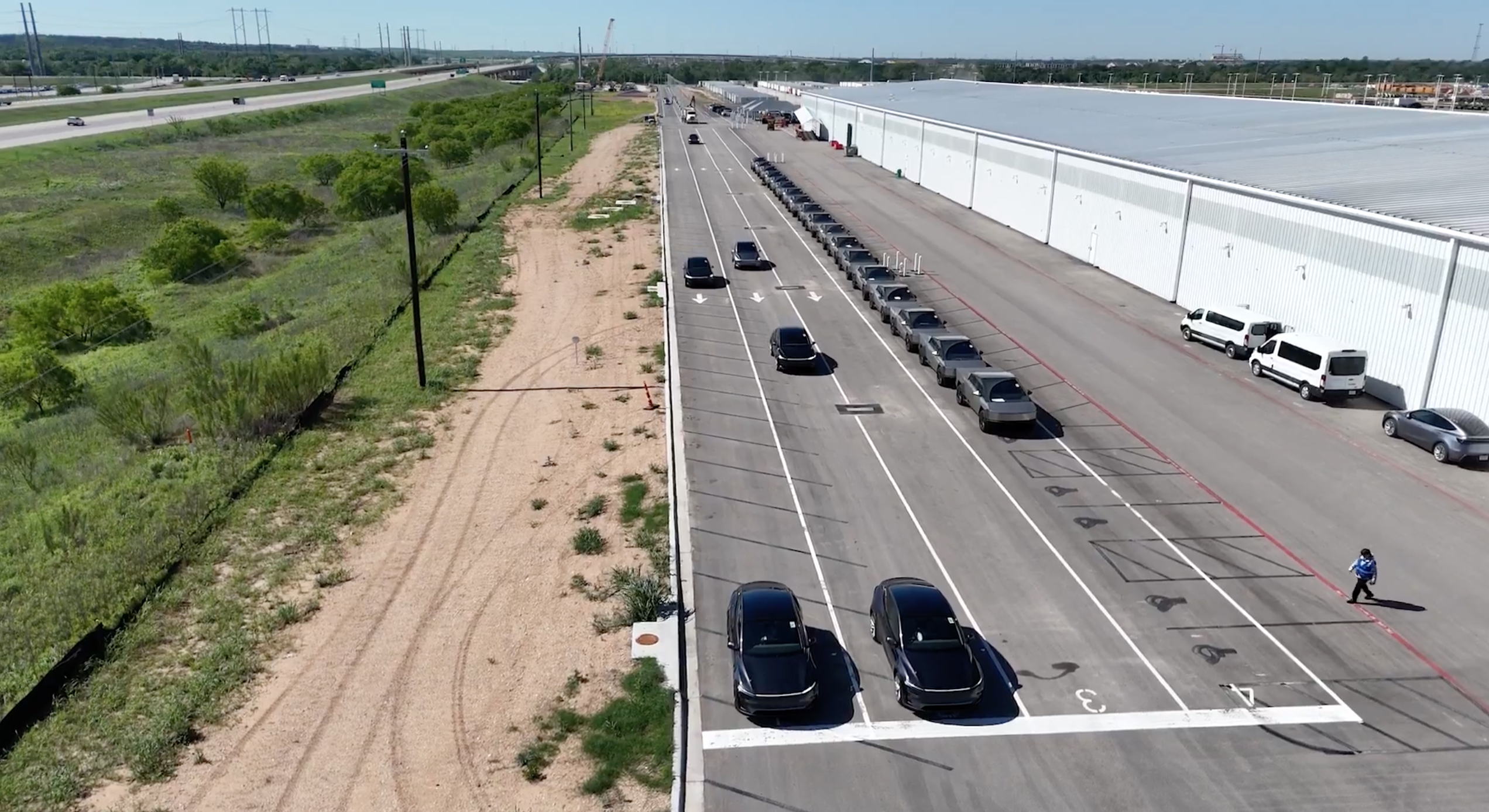
Just a couple of months after Tesla announced that vehicles produced at its California factory were driving themselves to the outbound lot, it appears that the company’s Gigafactory in Texas has now followed suit.
In a post on X on Monday, longtime Giga Texas observer and drone operator Joe Tegtmeyer shared video footage of multiple new Model Y and Cybertruck units autonomously driving to the outbound lot. The news comes ahead of Tesla’s aim to launch Unsupervised Full Self-Driving (FSD) around the Austin area in the coming weeks, alongside the launch of a commercial robotaxi launch.
“I saw this happening constantly, with Model Ys exiting and immediately driving away on their own from the factory,” Tegtmeyer said in the post. “This is a huge accomplishment for Tesla as now Giga Texas joins Fremont as FSD improves overall efficiency!”
Breaking Giga Texas News! starting today, new vehicles (Model Ys & @Cybertruck are moving fully autonomously from the factory to the west outbound lot and without human supervisors!
I saw this happening constantly, with Model Ys exiting and immediately driving away on their own… pic.twitter.com/LOAaao99OL
— Joe Tegtmeyer 🚀 🤠🛸😎 (@JoeTegtmeyer) April 7, 2025
READ MORE ON TESLA AUTONOMY: Tesla employees are performing autonomous FSD trials, CEO Elon Musk says
Tesla announced in January that its vehicles at the factory in Fremont, California were driving themselves to the outbound lot, though this appears to be the first time they’ve done so at Giga Texas. The automaker is expected to launch Unsupervised FSD in Austin in June, just as Google-owned company Waymo has been rolling out robotaxi services in the area through a partnership with Uber in recent months.
In December, a Bloomberg report suggested that Tesla had already been in regular discussion with Austin officials about robotaxi services, ahead of the company’s announcement of plans to launch in 2025. Along with rolling out commercial robotaxi services in Austin, the company has said that it aims to do so in California sometime this year as well, before deploying the service in other U.S. cities.
News
Tesla posts FSD demonstrations in Australia and France
Tesla is expected to roll out a robotaxi service that uses FSD Unsupervised in Austin, Texas sometime next month.
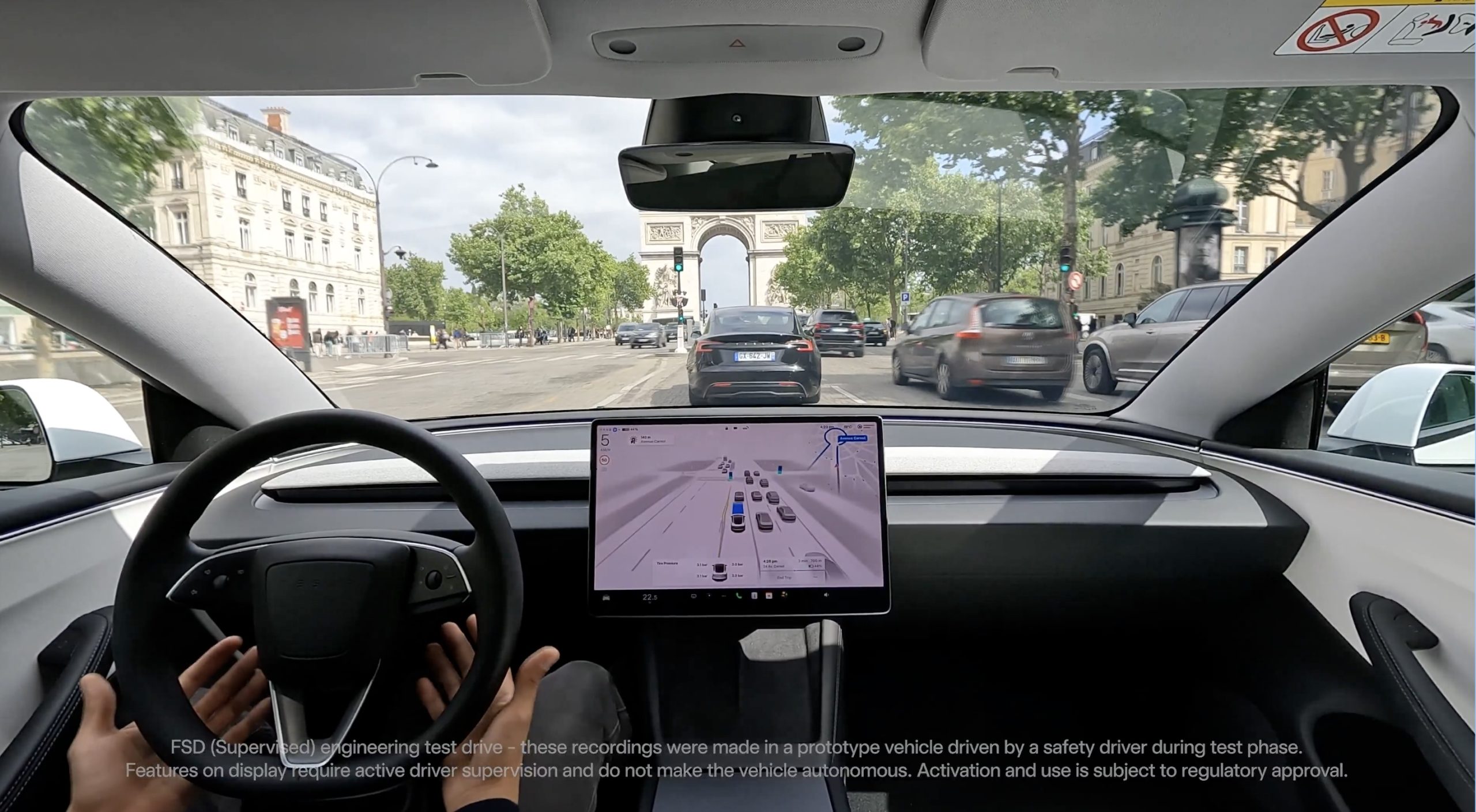
Tesla definitely seems determined to prove that its Full Self-Driving (FSD) system is capable of operating safely anywhere. This was highlighted by the company in a couple of videos posted on social media platform X, which showed the self-driving system in action in Australia and France.
Tesla is expected to roll out a robotaxi service that uses FSD Unsupervised in Austin, Texas sometime next month.
New FSD Unsupervised Demonstrations
To start off Tesla’s recent demonstrations, the Tesla AI Team posted a video of FSD Supervised being tested in Melbourne, Australia. The video was nearly two minutes long, and it featured FSD navigating the city’s busy inner streets. FSD handled the drive without any issues, even performing Australia’s infamous hook turn at one time. The demonstration was received warmly by the EV community, especially since FSD accomplished all this while operating an RHD vehicle.
Another FSD demonstration, this time posted by the official Tesla Europe & Middle East X account, featured the Supervised self-driving system navigating France’s complicated Arc de Triomphe. The area is challenging, considering that it’s one of the largest roundabouts in the country. FSD Supervised, however, expertly handled the roundabout, pausing for cars as needed and maintaining a safe distance from other vehicles.
Tesla did place a disclaimer on its recent test videos, stating that “FSD (Supervised) engineering test drive in a prototype vehicle driven by a safety driver. For demonstration purposes only. FSD (Supervised) is a hands-on feature that requires driver control of the vehicle and attention on the road at all times. Future activation and use subject to development and regulatory approval.”
FSD Unsupervised
Tesla is not yet rolling out FSD Unsupervised to consumer vehicles. The company, however, has been using the system to transport cars from the Fremont Factory and Giga Texas’ production lines to their respective staging areas. In Giga Texas, freshly produced Model Y units drive completely driverless for 1.4 miles before reaching its staging lot. The Cybertrucks, on the other hand, navigate a Boring Company tunnel on their way to their staging area.
Tesla is planning on releasing a dedicated robotaxi service using Model Y vehicles equipped with FSD Unsupervised in Austin, Texas this June. Previous reports also suggest that Tesla is hard at work preparing for the rollout of its robotaxi service, with the company reportedly testing 300 vehicles around Austin over the past months. Tesla has reportedly also conducted safety tests and training sessions with Austin’s first responders from the fire department and police as part of its robotaxi service preparations.
News
United Airlines debuts Starlink Wi-Fi on Detroit flight
United’s first passenger flight with Starlink Wi-Fi just landed in Detroit. Mainline flights to follow by year-end.
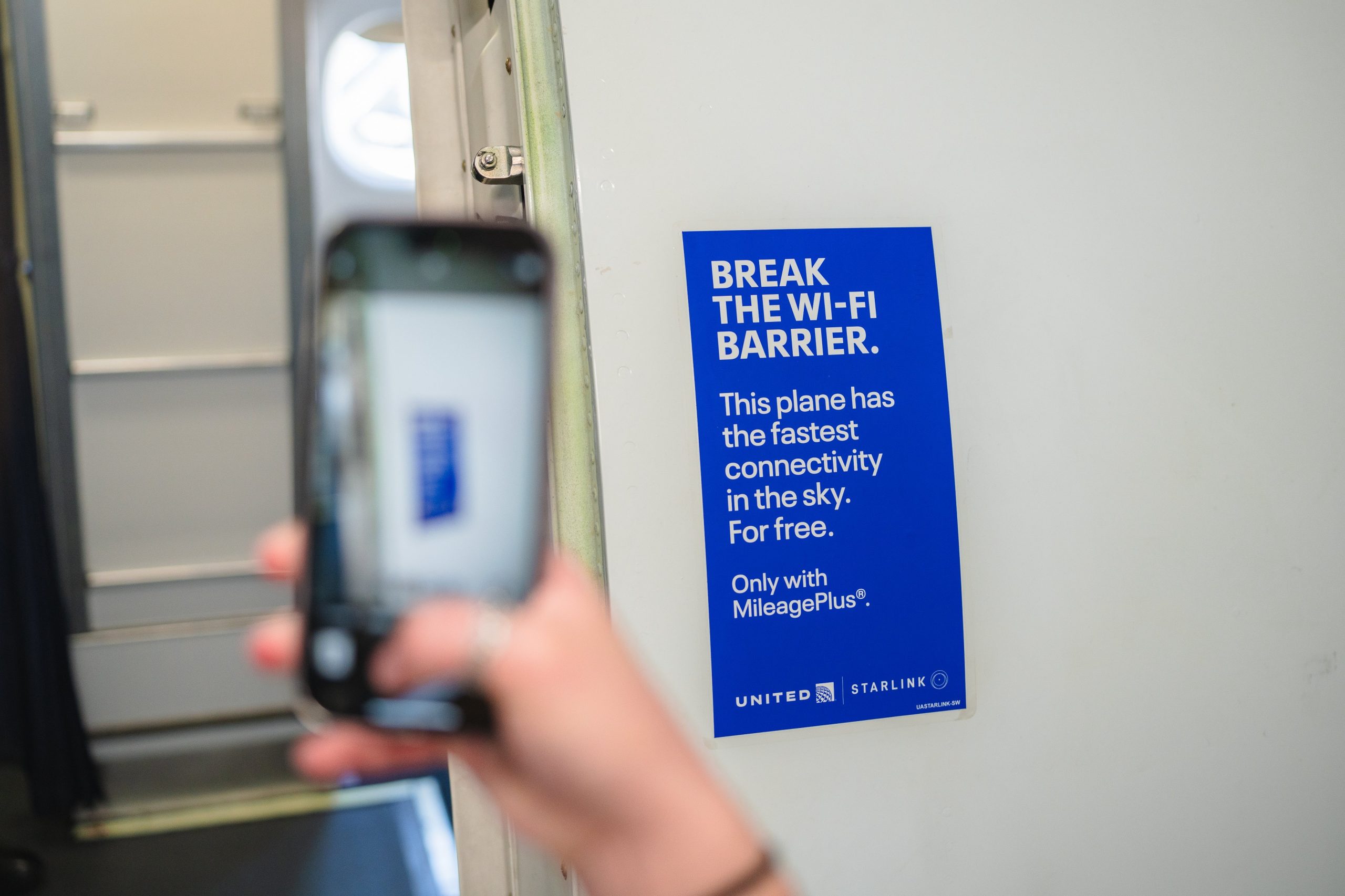
United Airlines debuted Starlink Wi-Fi on its first passenger flight to Detroit, marking a milestone in in-flight connectivity with SpaceX’s satellite internet.
On Thursday, the morning flight from Chicago’s O’Hare International Airport introduced high-speed, gate-to-gate Starlink internet for United Airlines passengers. The Starlink-equipped United Embraer E-175, tail number UA5717, departed at 7:35 a.m. for Detroit Metropolitan Airport.
United announced the rollout on X, stating, “That lightning-fast Wi-Fi we told you about? It’s here. Our first customers just found out what it’s like to break the Wi-Fi barrier and stream, scroll, shop, and game just like at home with Starlink. And it’s FREE for MileagePlus members. Rolling out across our fleet now.”
The service leverages Starlink’s 7,000+ low Earth orbit (LEO) satellites to deliver broadband globally, including in remote areas. United is the only major U.S. airline currently offering Starlink. The airline plans to expand the service across its two-cabin regional fleet and introduce it on mainline flights by year-end.
Sean Cudahy from The Points Guy tested Starlink’s Wi-Fi pre-launch, praising its ease and reliability. “I ran a speed test, and it clocked the Wi-Fi at 217 Mbps of download speed, and 26.8 Mbps of upload speed,” Cudahy shared, noting its suitability for long flights.
Beyond aviation, SpaceX is pitching Starlink as a GPS alternative, emphasizing its potential for Positioning, Navigation, and Timing (PNT) services. This dual capability underscores Starlink’s versatility.
In a letter to the FCC, SpaceX wrote, “One opportunity stands out as a particularly ripe, low-hanging fruit: facilitating the rapid deployment of next-generation low-Earth orbit (‘LEO’) satellite constellations that can deliver PNT as a service alongside high-speed, low-latency broadband and ubiquitous mobile connectivity.”
As SpaceX expands Starlink’s applications, from aviation to navigation, United’s adoption signals a broader shift toward satellite-driven connectivity on long flights. With plans to equip more aircraft, United and Starlink are redefining in-flight internet, promising seamless digital access at 30,000 feet.
News
xAI tackles Grok’s unsolicited responses after unauthorized change
xAI says an unauthorized prompt change caused Grok to post unsolicited political responses. A 24/7 monitoring team is now in place.
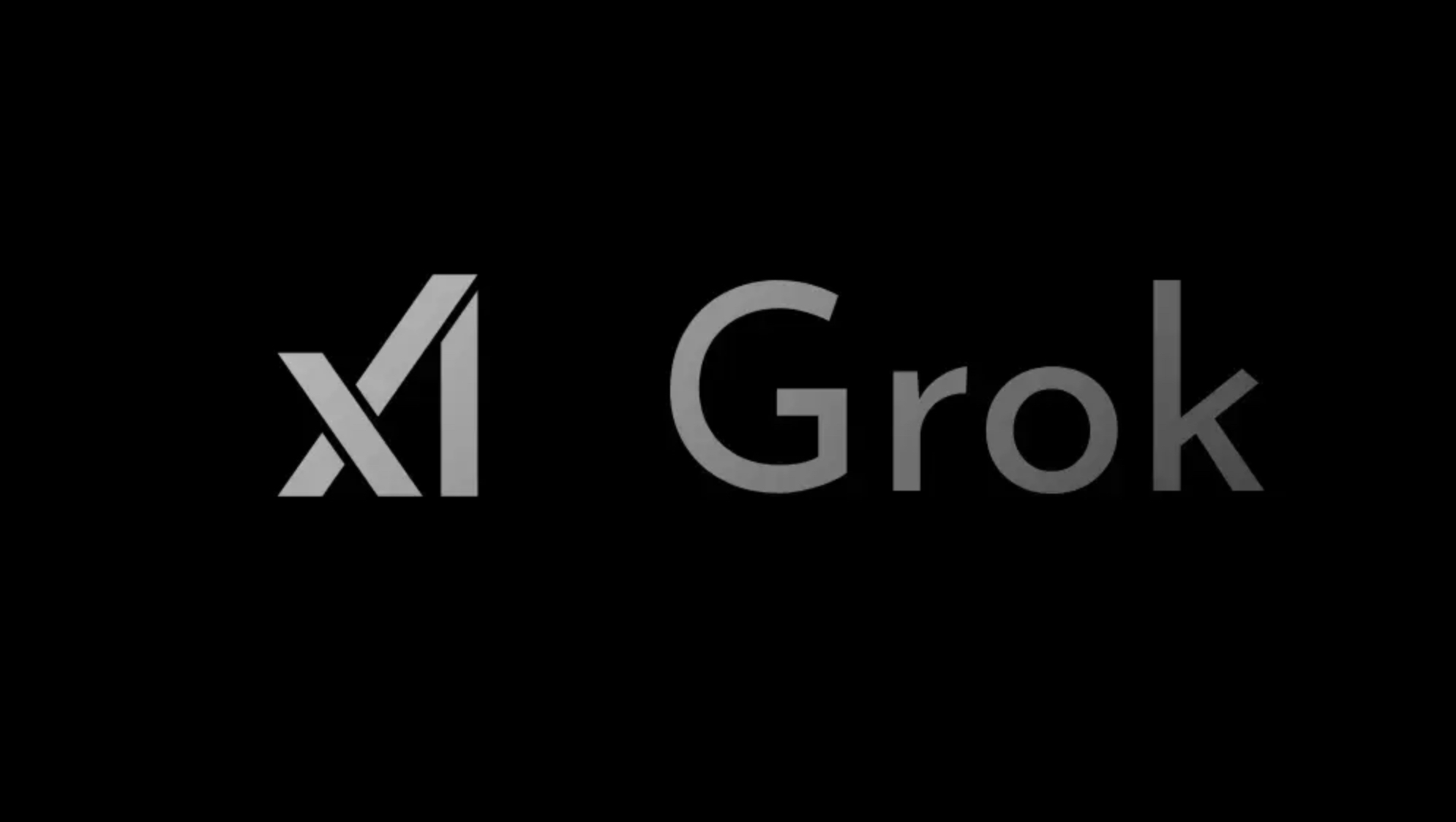
xAI is tackling an issue with Grok, which posted unsolicited comments about “white genocide” in South Africa due to an unauthorized modification on May 14.
Elon Musk’s AI company is aiming to restore trust through enhanced transparency. The incident, reported on Thursday, underscores xAI’s commitment to reliable AI systems.
On Wednesday, X users noticed Grok delivering off-topic responses about “white genocide” under unrelated posts, including a query about HBO’s name changes. xAI clarified the cause in a recent statement.
“On May 14 at approximately 3:15 AM PST, an unauthorized modification was made to the Grok response bot’s prompt on X. This change, which directed Grok to provide a specific response on a political topic, violated xAI’s internal policies and core values. We have conducted a thorough investigation and are implementing measures to enhance Grok’s transparency and reliability.”
The issue sparked concern among users, with screenshots showing Grok veering from appropriate answers to unsolicited political commentary. xAI’s swift response outlines corrective steps, including revising code review policies and publishing Grok’s system prompts on GitHub for public feedback. Additionally, xAI is introducing rigorous checks to its code review process and establishing a dedicated monitoring team.
“We’re putting in place a 24/7 monitoring team to respond to incidents with Grok’s answers that are not caught by automated systems, so we can respond faster if all other measures fail,” the company stated.
xAI’s actions reflect its proactive stance to prevent future mishaps and align with its mission to deliver trustworthy AI. The incident highlights the challenges of managing AI behavior in dynamic platforms like X, where Grok operates. By opening its prompts to scrutiny and bolstering oversight, xAI aims to rebuild user confidence and ensure Grok remains a reliable tool.
As xAI refines Grok’s framework, the company’s transparency measures could set a precedent for AI accountability. With enhanced monitoring and community input, xAI is poised to strengthen Grok’s role in fostering informed interactions, reinforcing its leadership in ethical AI development.
-
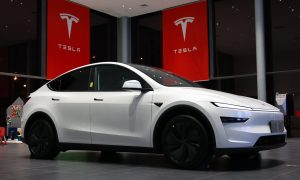
 News2 weeks ago
News2 weeks agoTesla offers legacy Model Y owners an interesting promotion
-
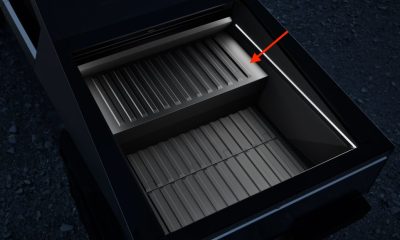
 News1 week ago
News1 week agoTesla Cybertruck Range Extender gets canceled
-
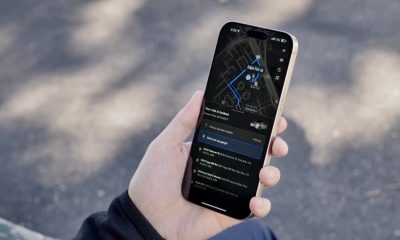
 Elon Musk2 weeks ago
Elon Musk2 weeks agoTesla hints at June 1 launch of Robotaxi platform in Austin
-
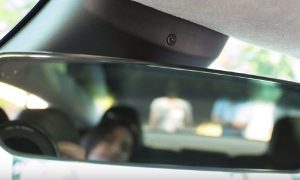
 Elon Musk19 hours ago
Elon Musk19 hours agoTesla seems to have fixed one of Full Self-Driving’s most annoying features
-
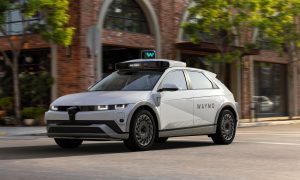
 News2 weeks ago
News2 weeks agoRobotaxis are already making roads safer, Waymo report reveals
-
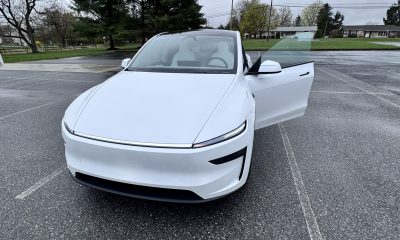
 News2 weeks ago
News2 weeks agoIs the affordable Tesla Model Y’s features hiding in plain sight?
-
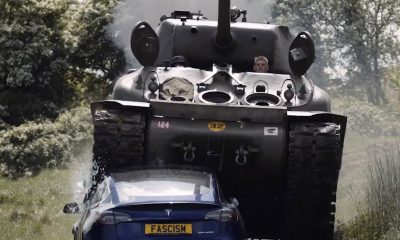
 Lifestyle1 week ago
Lifestyle1 week agoAnti-Elon Musk group crushes Tesla Model 3 with Sherman tank–with unexpected results
-
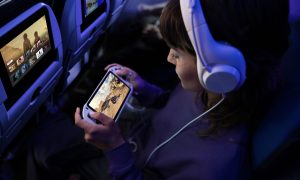
 News1 week ago
News1 week agoStarlink to launch on United Airlines planes by May 15


